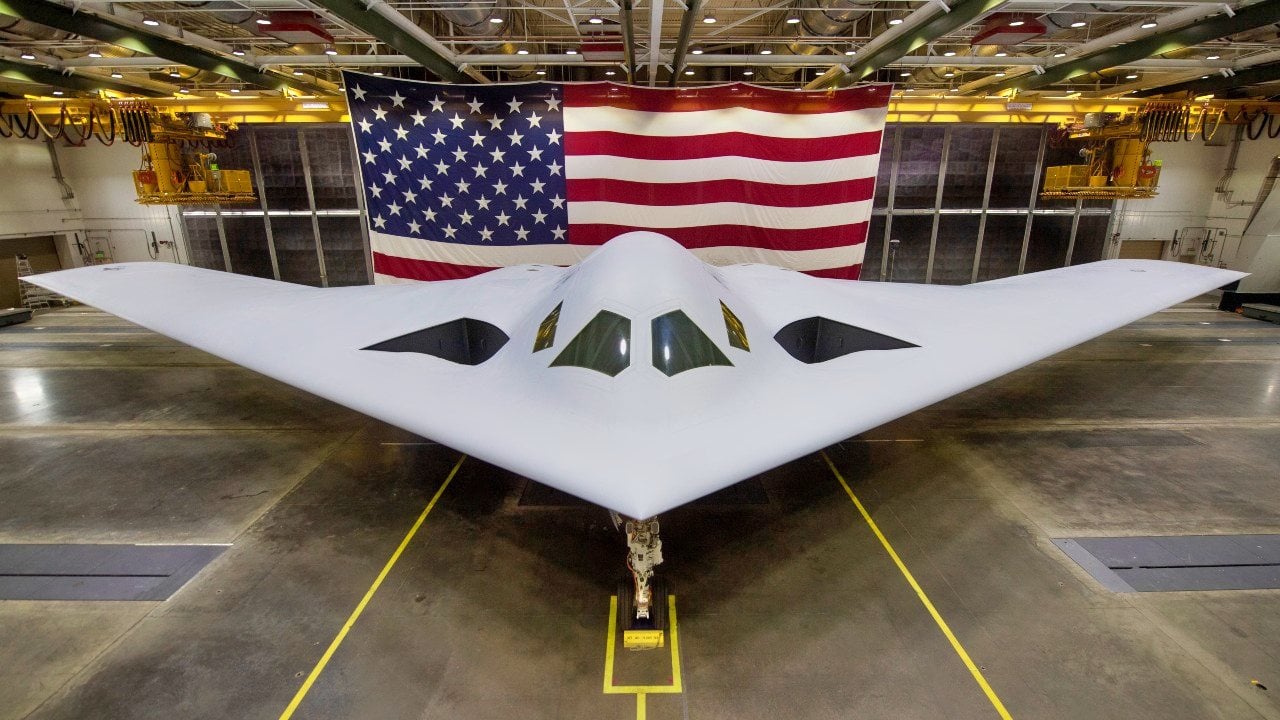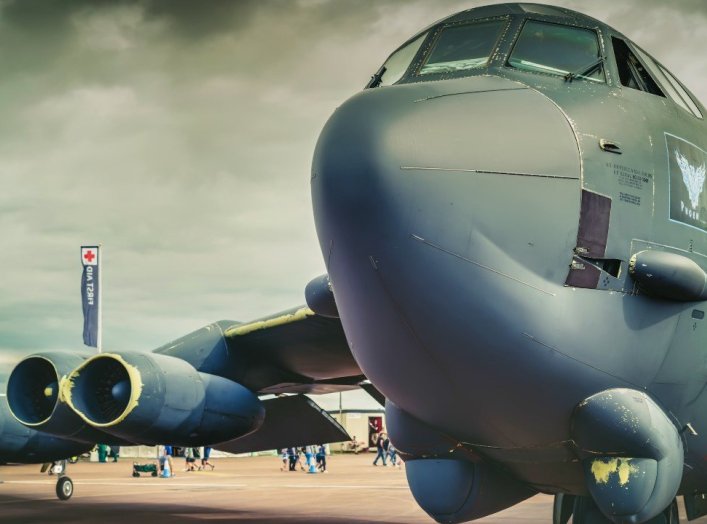The B-52 Stratofortress is a long-range strategic bomber that can perform a number of different mission sets, including strategic attack, close air support, air interdiction, offensive counter-air, and maritime operations.
By all accounts, the B-52 Stratofortress is an impressive aircraft. The workhorse of America’s strategic bomber fleet, the B-52 is an important cog in the U.S. military’s conventional and nuclear deterrence.
Locals in Guam are going to enjoy the presence of the B-52 while a large-scale exercise with an eye toward China takes place in the Indo-Pacific.
Cope North Drill and B-52
The U.S. Air Force flew four B-52 Stratofortress bombers to Guam for Exercise Cope North. Scheduled to take place throughout February, the exercise is a test for the U.S. Air Force’s global strike capability.
The mission set requires the service to be able to take out any target anywhere in the world. Advances in near-peer air defense and radar capabilities have made this mission increasingly difficult.
“Finally have some iron on the ground,” Air Force Capt. Zachary Holmes, the weapons officer of the 23rd Expeditionary Bomb Squadron, said when the aircraft arrived in Guam. “It’s great to finally receive our crews so we’re ready to go out and take part in the mission as well as get our maintenance personnel ready to support where they’re needed.”
Overall, more than 80 aircraft and over 2,100 troops from six countries (Australia, Canada, France, South Korea, Japan, and the United States) will fly 1,400 sorties.
With China on the rise, the annual exercise is an important event to increase interoperability among allied and partner forces in the region, thereby bolstering the U.S. deterrence against a truculent Beijing.
“The scenarios have been designed to allow our aviators to exercise agile operational concepts that enhance force projection, resilience and survivability of our allied air combat forces,” RAAF Task Group Commander Group Captain Kylie Green said in a press release.
The goal of the multinational training event is to “reinforce unit capabilities and cooperation procedures between the countries through Humanitarian Assistance and Disaster Relief training,” the Japan Air Self Defense Force stated.
Banal, though they might look to outsiders, these missions are essential for readiness. Military operations are complicated, and something always goes wrong. The goal is to train to such a level that the things that do go wrong don’t seriously affect the overall mission. In many ways, war is about mistakes—mistakes due to enemy action or own fault. The side that makes fewer mistakes and recovers faster usually prevails.
The B-52 Stratofortress
The B-52 Stratofortress is a long-range strategic bomber that can perform a number of different mission sets, including strategic attack, close air support, air interdiction, offensive counter-air, and maritime operations.

The B-52 bomber is old. The strategic aircraft first reached an initial operating capability back in 1952, only seven years after the end of the Second World War, and entered operational service in 1961. The Air Force plans to operate the strategic bomber well into the 2050s, which means that the B-52 is very likely to hit a century in service before it retires.
As of now, the Air Force plans a two-aircraft bomber fleet for the future. The venerable B-52 Stratofortress will operate alongside the 5th generation stealth bomber B-21 Raider that is nearing production. The Pentagon is looking to have a fleet of approximately B-21 Raiders for the most complex missions and approximately 60 B-52 Stratofortresses for less demanding operations.




